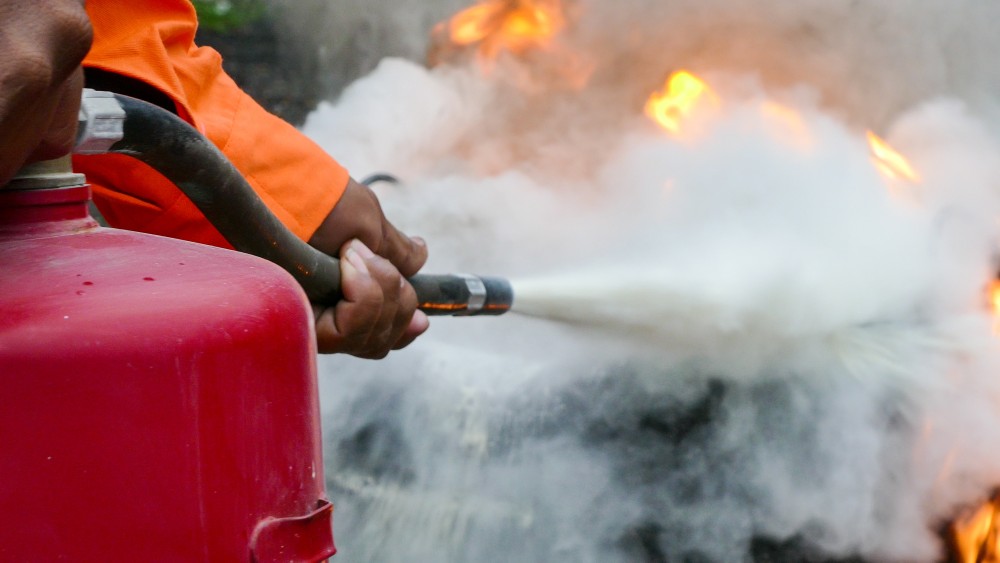It’s a must for all Sydney business. It’s not just an obligation under the law however, it’s also a way to keep personnel, customers, and even property protected. Fires can cause massive losses within minutes. However, with the security measures that are in place, many risk factors can be minimized or prevented. Fire inspections and regular examination of electrical systems as well as compliance with CFSP standards can all be used in creating a safe and secure environment.

Why fire inspections are crucial to ensure safety
The primary line of defense is fire inspections. They verify that every component of a building’s fire protection system is functioning and up-to-date. Many businesses are located in Sydney must conduct inspections every six or twelve months each year, based on the kind of building they are operating and council regulations. Inspections may cover everything from sprinklers and fire alarm systems, to smoke detectors and hydrants to extinguishers.
The ability to identify concealed issues and address the problem before they pose a risk is what makes inspections so crucial. In an emergency an emergency, a minor flaw on a smoke detector, or a faulty fire hydrant may appear minor. Regular inspections for fires are a proactive way for business owners to ensure that they are meeting their obligations to comply and safeguard themselves from unexpected disasters.
Testing and Tagging For Electrical Safety: Addressing Hidden risks
Electrical systems are among the most common cause of workplace fires, this is the reason why testing and tagging must always be a part of any fire safety strategy. The process involves testing electrical devices for safety, functionality and conformity, before placing a tag on the item to signify that the item has been examined. This is not a standard requirement for many companies. It is also a method to safeguard against potential risks that are not obvious to the naked eye.
Unchecked, worn-out or old cables, appliances that are defective or outdated wiring could quickly become fire hazards. Regular testing and marking can reduce the possibility of an electrical malfunction causing an accident. Employees also have confidence that the working environment is secure. This builds a sense of trust and confidence within the work place. Combining testing, tagging and fire inspections to create a complete safety plan that lowers the risk on many different fronts.
The role of CFSP in ensuring Compliance and Certification
In New South Wales only a Competent Fire Safety practitioner (CFSP) is qualified to sign or sign important documents regarding fire safety, like the Annual Fire Safety Declarations. The introduction of CFSP accreditation has raised the standards of fire safety, ensuring that only certified professionals evaluate and confirm the security measures. A partnership with a CFSP guarantees that reports and inspections are not just paper work, but reliable evaluations by experts.
The role of a CFSP goes beyond simply ticking boxes. These professionals assess the performance and condition of fire safety systems and provide detailed report. They also ensure conformity with the requirements of the regulatory authorities. Without CFSP accreditation, businesses are at risk of costs, legal issues and even shutdowns if their safety measures are considered to be inadequate. By partnering with accredited professionals, you can ensure that fire safety systems are being maintained properly and compliance requirements are fulfilled without stress.
Fire Safety is a Constant Commitment
The safety of your fire system is an ongoing obligation for every business owner. Regular inspections, constant testing of electrical systems and the proper certification via CFSP oversight create a cycle of safety that doesn’t stop. Beyond compliance with the law, this ongoing approach fosters an environment of safety in the workplace. Employees can be confident that evacuation plans have been established and smoke detectors are functioning as well as emergency lighting has been tested and the fire protection system is ready to go.
Treating fire safety as a continuous process rather than a yearly checkbox not only reduces risks but also strengthens a business’s reputation. If safety is considered a top priority customers and clients feel more secure. Long term, investing to prevent fires early saves the company money by preventing expensive damages, fines, and legal fights.
Conclusion
Sydney’s fire safety system is a multi-layered process that involves inspections tests, tagging, and testing as well as an official certification by a CFSP. Each part is crucial in making sure that businesses adhere to the laws, and more importantly, that the safety of people and property is assured. Businesses that make safety an essential aspect of their work and not just an added note will meet their legal obligations and create a more stable, safe working environment.
